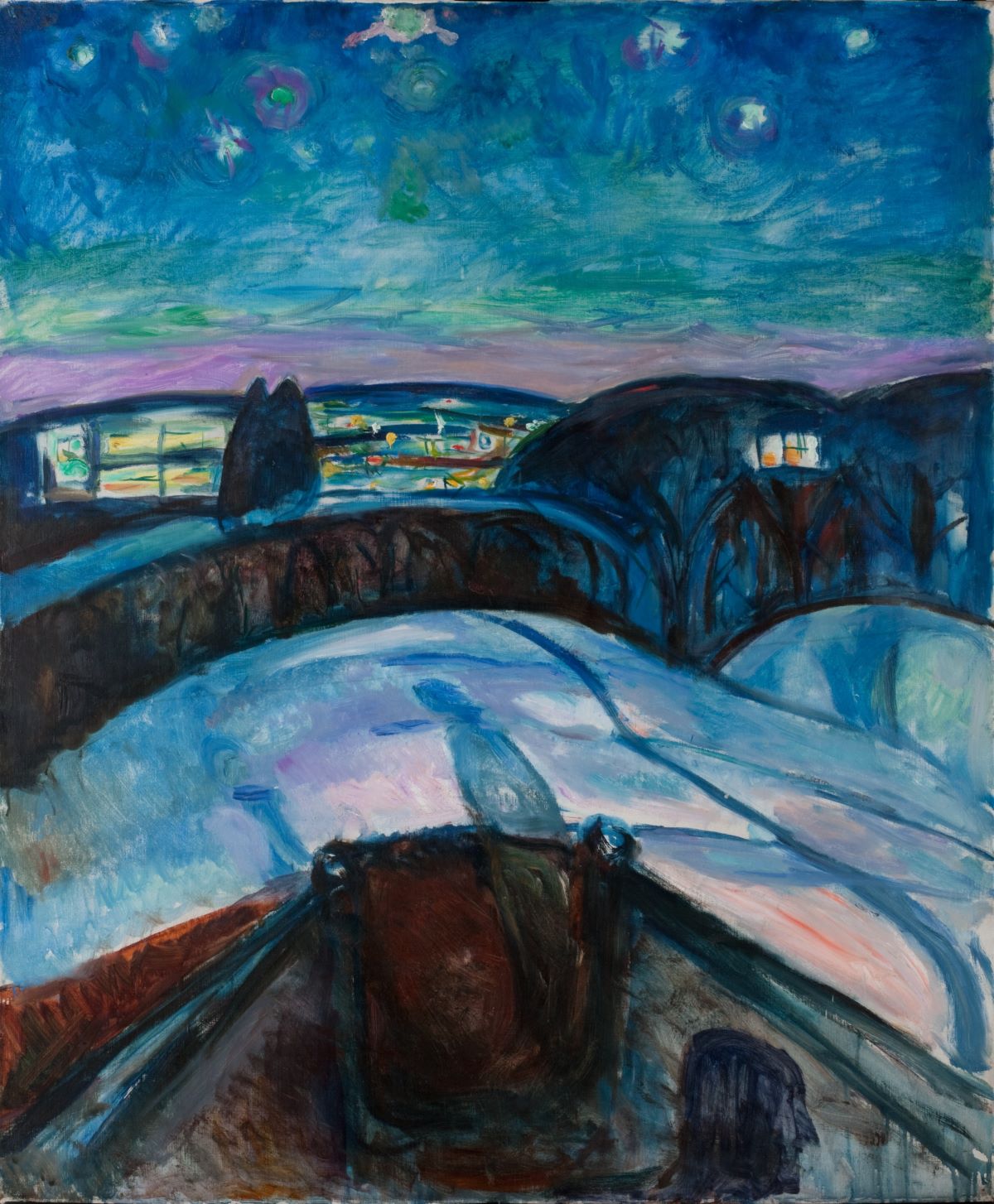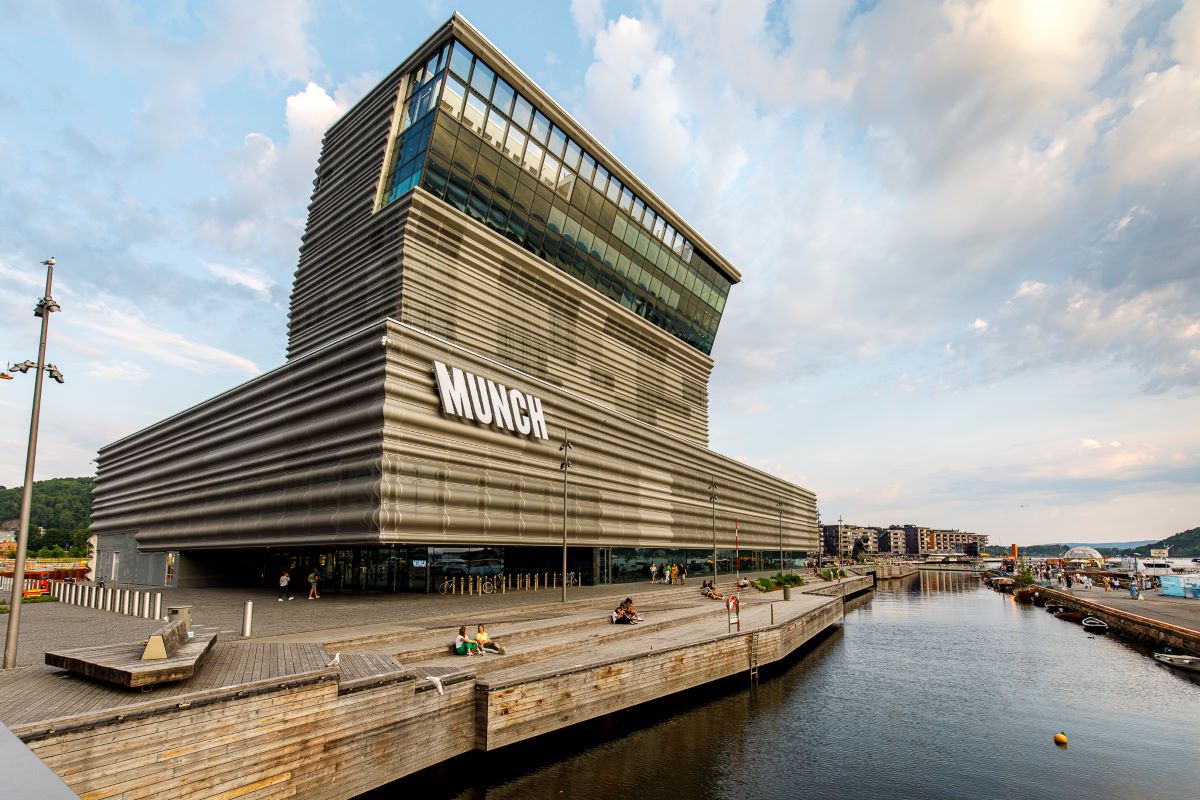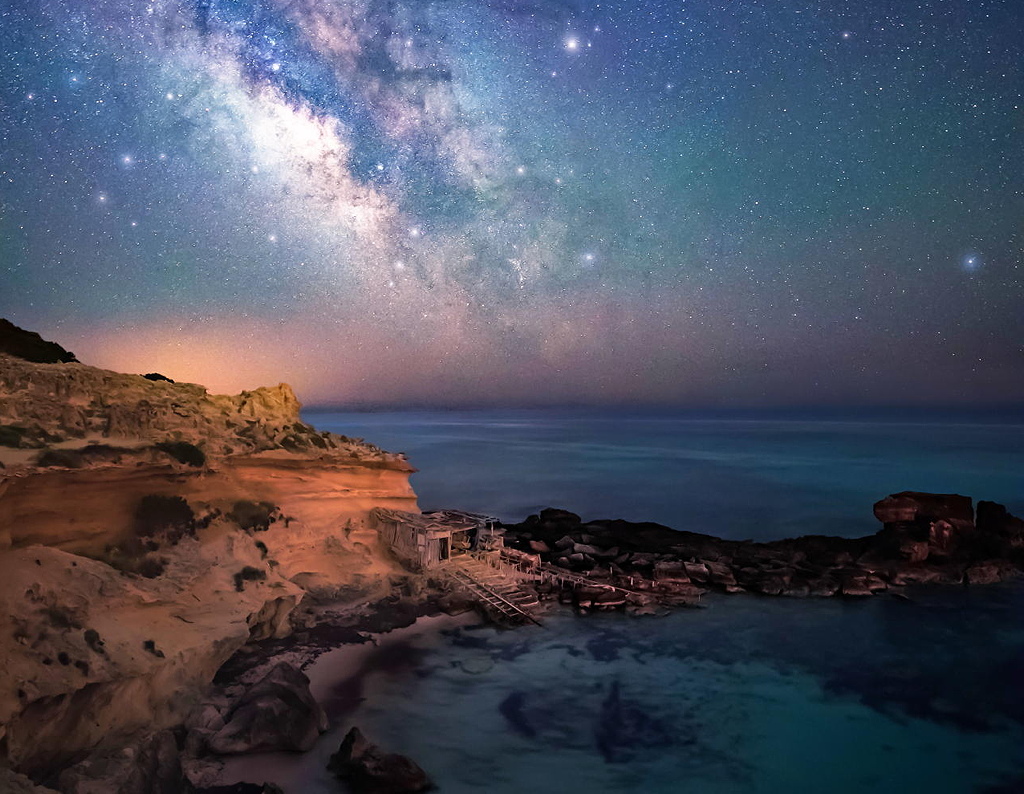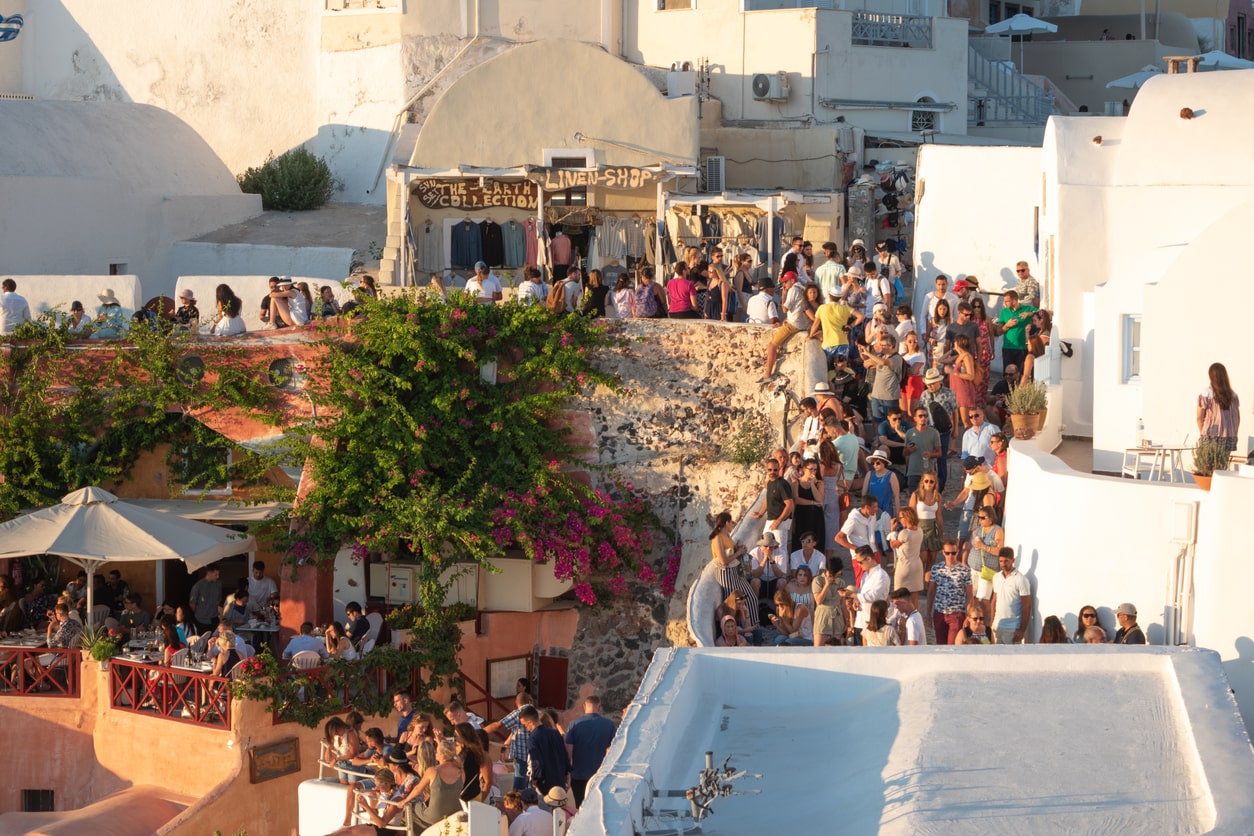An appropriate title, The inner crythat of the Milanese exhibition dedicated to the Norwegian painter Edvard Munch (1863-1944) 80 years after his death; Royal Palace and Artemisia will pay tribute to the artist by exhibiting 100 works, including paintings, drawings, engravings, from Saturday September 14 to January 26, 2025 (then from February 18, 2024 he will move to Rome, to the Bonaparte Palace).
Munch in Milan: the exhibition at the Palazzo Reale
Appropriate title because it recalls theI screamthe work that made Munch famous throughout the world, created by him in three paintings, a pastel and several lithographs (one of which will be at the Palazzo Reale).
His life was truly an inner cry, tormented by mourning, illness, depression, melancholy. But the Milan exhibition also lets us discover a more colorful and soothing world like the painting Girls on the bridge (1902), Dancing on the beach (1904), to exciting landscapes such as the incredible blue brushstrokes of Starry Night (1922-29).
Works and masterpieces loaned by Munch Museum Of Oslo This alone is a reason to visit the city. Just like the many places, houses and bays where this painter lived and worked, who in Norway is as emblematic a figure of art and culture as Raphael or Dante are in Italy. And following in his footsteps in the Land of the Fjords is a journey towards beauty. Not just his masterpieces.


Munchmuseet, Oslo: a museum that bows
THE Munch Museuminaugurated in October 2021, is a 13-storey building that curves at the top in a sort of arc towards the water of the Oslo Fjord in the BiØrvika district, the new face of the city, ten kilometres of futuristic and eco-sustainable architecture.
Just like the museum: from building materials like recycled aluminum to energy savings. And it is one of the richest, almost colossal, collections in the world of works by a single artist, 28,000 paintings, drawings, woodcuts, personal objects, photos, interactive sections.
Including the monumental paintings (on the 6th floor) that Munch made before their final version and intended for the ceremonial hall of the University of Oslo to celebrate its centenary: The Sun (4.5 x 8 m) The researchers (4 x 11 m).
The final works can be admired atUniversity of Oslo on Saturdays or, more excitingly, during concerts organized by the University in the hall.
The Munch Museum is a place where you can spend an entire day, as it also hosts contemporary art exhibitions, fun and interactive spaces for children and, on the 12th floor, one of the most panoramic bar-restaurants in the city.
In contrast to the contemporary architecture of the museum and the nearby opera house, the 18th and 19th century wooden houses of the Telthusbakken district, with Oslo's oldest church (1080), Aker Churchimmortalized by Munch in watercolors, sketches and in painting The Telthusbakken route with the Gamle Aker Kirke (1880).


READ ALSO: Oslo: what to see in the greenest city in the world
Oslo: Edvard Munch's Places
Art&leisure: A popular meeting place for an aperitif among Oslo residents is the hall of the Bar Boman at the Hotel Continental. You order a Not So Bloody (avocado brandy, lime, chili pepper, coriander syrup and tomato water) surrounded by 12 original prints of Munch,'Self-portrait' (1895) a Melancholy III (1896).
Arne Boman Anse, then owner of the bar, found them by chance at an art dealer in 1932 and bought them for 5,500 Norwegian kroner, which is worth less than 500 euros today (hotelcontinental.no/eng/about-us/art – cultures/edvard-munch).
The other two historical places frequented by Munch are fascinating stops of memory because they do not exhibit works by the artist. There is the Grand Coffee & Wine Glassesglory of the city that dates back to 1874, also dear to the playwright and poet Henrik Ibsen, who is part of the Historya network of historic Norwegian restaurants, cafes and hotels.
It was a young Munch who sat here, ordering whiskey and soda and drinking absinthe with his mentor, the artist Christian Krohg. The Grand Café has been renovated, while retaining its old-world charm; it is a restaurant and wine shop with a wine list of 1,500 varieties.
Even though it has not changed, voluntarily, since the time when it was frequented by Munch, Engebret Coffee, founded in 1857 to accommodate the actors of the Kristiania Theatre. And since then, it has been the meeting place of the intelligentsia, from the great composer Edvard Grieg to the Nobel Prize winners for literature Knut Hamsun (1920) and Sigrid Undset (1928).
And it is still this restaurant, the oldest in the city, that hosts the meetings of the Artists' Association and the annual prize for young creators. Going there is a journey through time, also on a gastronomic level, because it is considered the sanctuary of traditional Norwegian cuisine and is also famous for its very large sandwich buffet at lunchtime.


SEE ALSO: Oslo: what to see and do
At the table withBlue dress
A surprising must-see is located 40 minutes from Oslo, on the island of Jeløy, considered the pearl of the Oslofjord, a favorite destination for sunny weekends.
Here, a mansion from 1767 is theRefsnes Gods Hotelseaside hotel and art gallery. Where you eat lunch surrounded by eight Munch paintings, including the astonishing Blue dress, stolen and found in 24 hours in 2005, and a melancholy Self-portrait.
The amazement continues in the hotel's common areas, 400 works by 90 artists, from Warhol to the painter Inger Sitter (1929-2015) considered one of the first representatives of modernism; her collage in 1964 In the picture was awarded as one of the 12 most important works of Norwegian culture.


The farm of arts
Another detour from Oslo, a must for art and nature lovers, which is worth a vacation in itself: 60 minutes by car and you'll immediately find a forest crowning a corner of the Oslo Fjord and the largest organic farm in the country, Ramme Fjord Hotel.
It is a hotel, a restaurant, a Renaissance garden, a stable with horses. And right here, in a bay of the fjord, Munch bought a wooden house in 1910 which became his studio and where he lived until 1919, in the company of his horse. Back in Oslo between 1914 and 1915, he painted some of his monumental works for the University of Oslo.
The house-studio overlooks the cove that Munch loved as “the most beautiful place on the whole coast”; recently restored, it can be rented by contacting the hotel which has a special connection with the Norwegian artist.
The owner of the entire estate, Petter Olsen, is a very wealthy eccentric, apparently a billionaire, who had inherited one of the versions ofI scream Munch's work by his mother Henriette, a great friend of the painter who depicted her in a yellow dress. An inheritance which gave rise to a dispute with his brother.
Having won the case, Peter Olsen sold the iconic painting in 2012 for $119.9 million.
The best part: under the Ramme Fjordhotell is a real bunker, an underground art gallery that can be visited under escort: there are paintings by the greatest Scandinavian artists. And by Munch, of course, including the Portrait of Henriette Olsenand the yellow dress of the painting kept in a display case.




